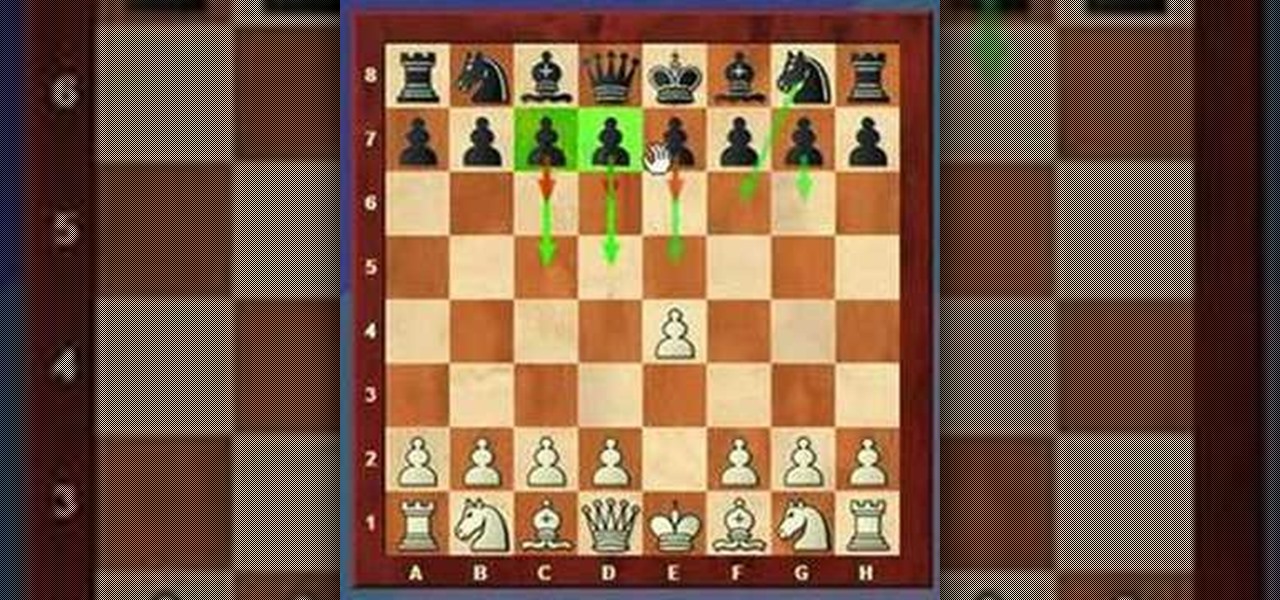
How To: Use the most common first move in master chess games
This chess lesson will show you the most common first moves made by White and Black in Master level games. Not quite a master? Well, that doesn't mean this won't make you better.


This chess lesson will show you the most common first moves made by White and Black in Master level games. Not quite a master? Well, that doesn't mean this won't make you better.
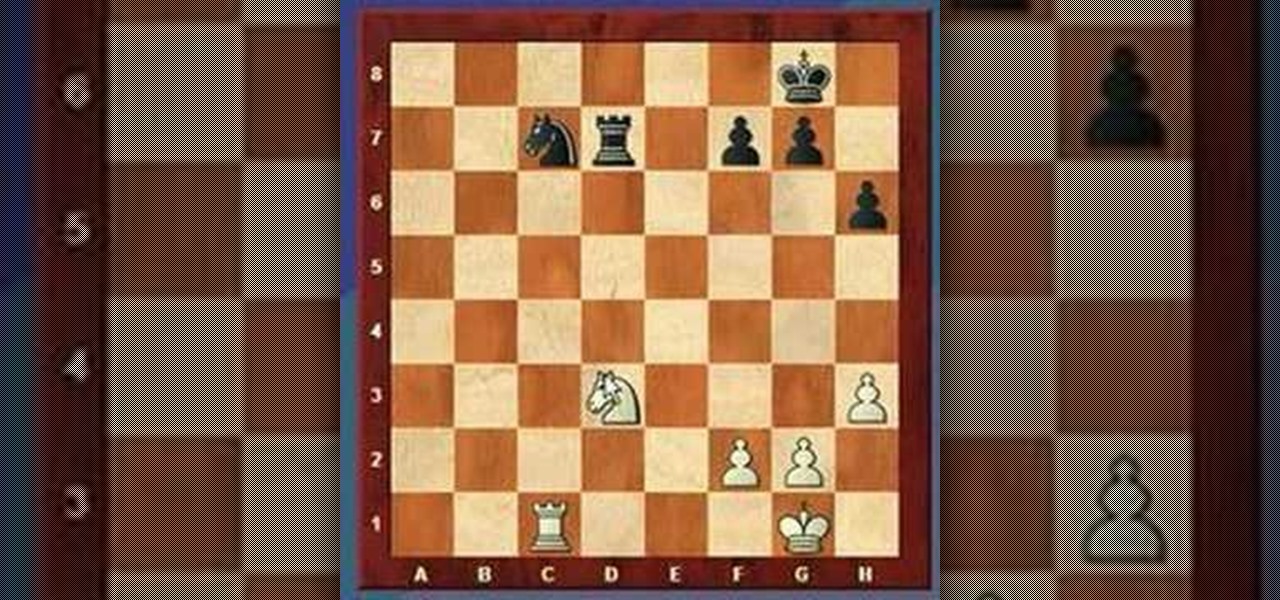
Ever here of the "overworked" defender" chess move? Of course you have, but that doesn't mean you know how to pull it off. See how to do it, right here. A chess piece is overworked when it has more than one defensive job (guarding pieces or squares) to do. Typically, the overworked piece is exploited by capturing one of the pieces it's defending or occupying a square it's defending. This forces it to leave one of its defensive jobs usually resulting in material loss or checkmate.
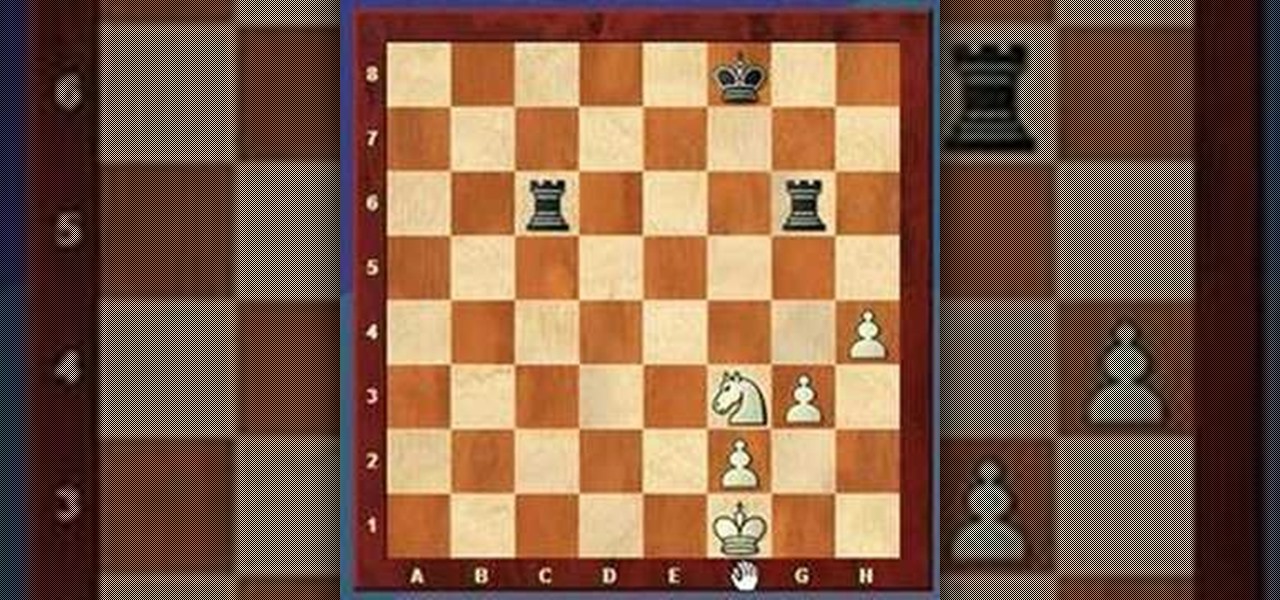
Do you know what a "double attack" is in a chess game? Well, the "knight fork" is basically the same thing; a simultaneous attack of one piece against two opponent pieces. Don't let your opponent win! Use this.
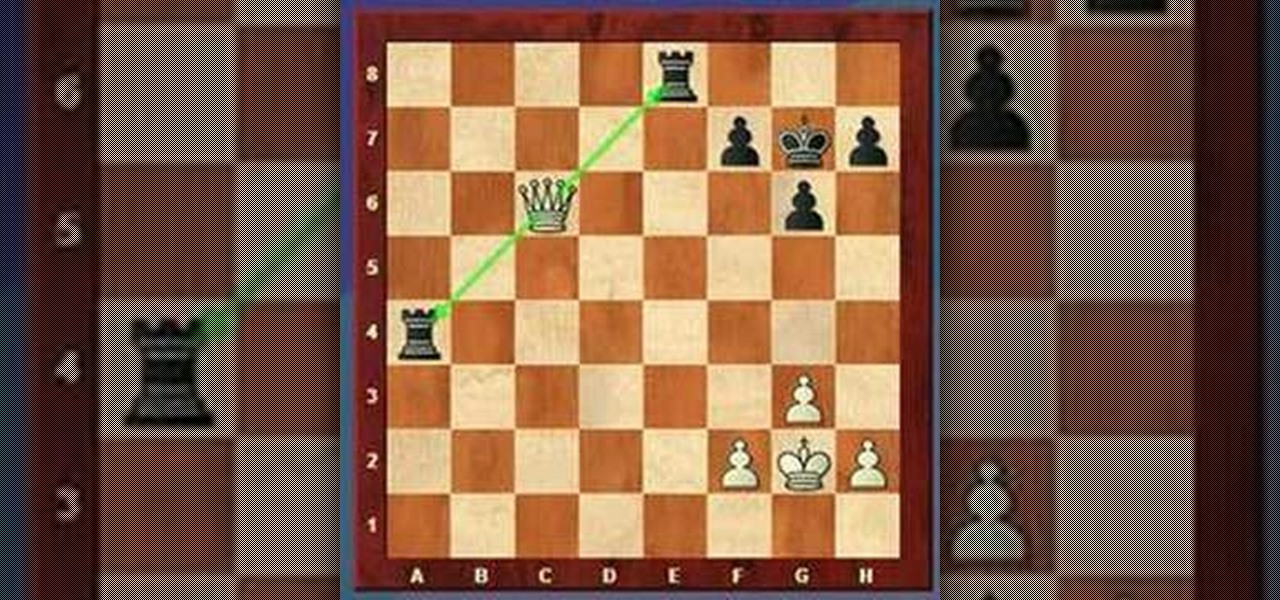
Having trouble with your chess game? Well, try this "double attack" method to do a simultaneous attack of one piece against two opponent pieces. This is also referred to as the "fork."
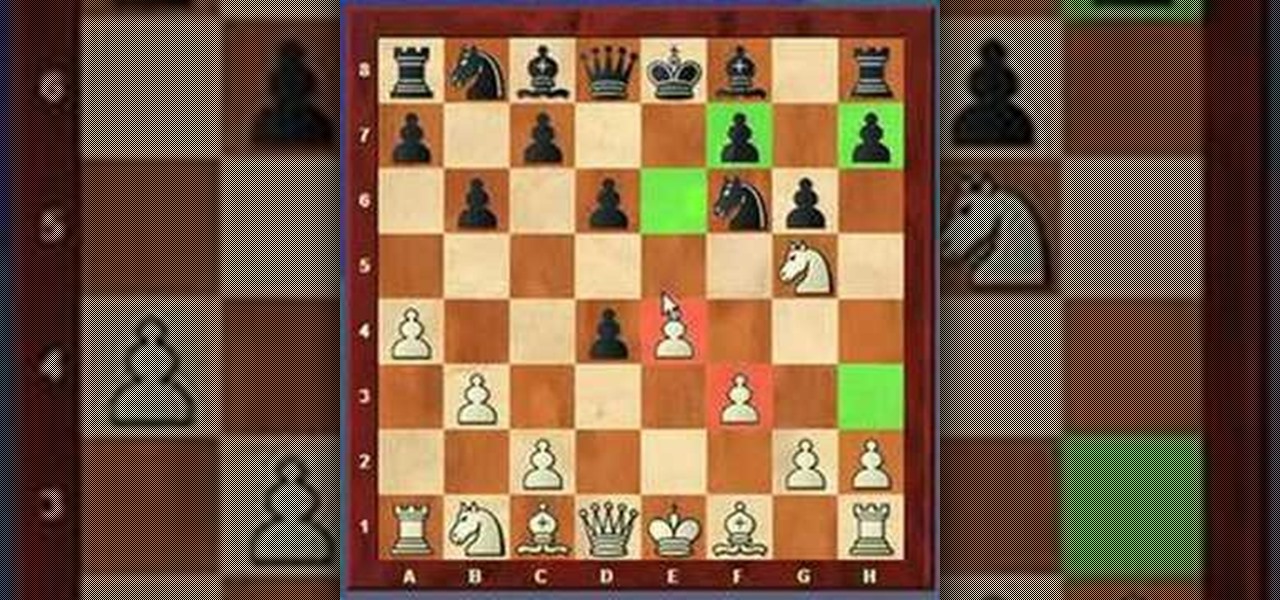
Are you using the Queen too much, or attacking with one piece at a time, or making mostly pawn moves, or that tricky Knight obsession, or "freeing" the Rook with a side pawn, or are you being a victim of a back row checkmate? Well, watch this video to to avoid these common chess mistakes.
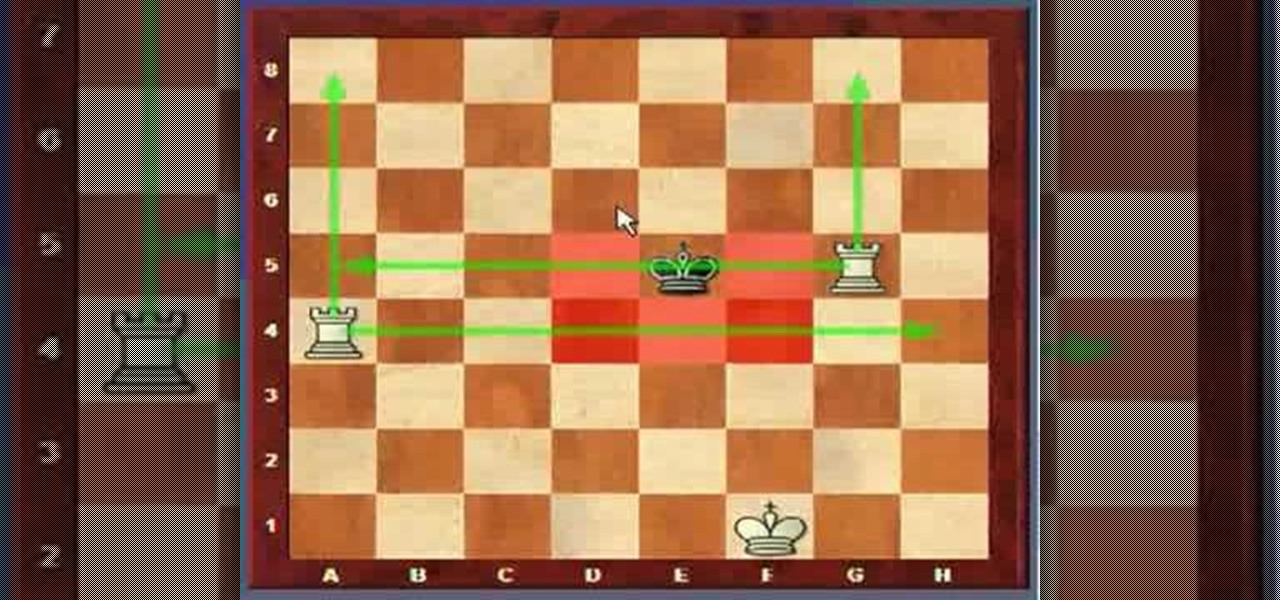
Are you in the endgame of your chess game? Are you chasing that king around with a couple rooks and your king? Just can't get a checkmate? Well, use this basic checkmate pattern to end the game quick.
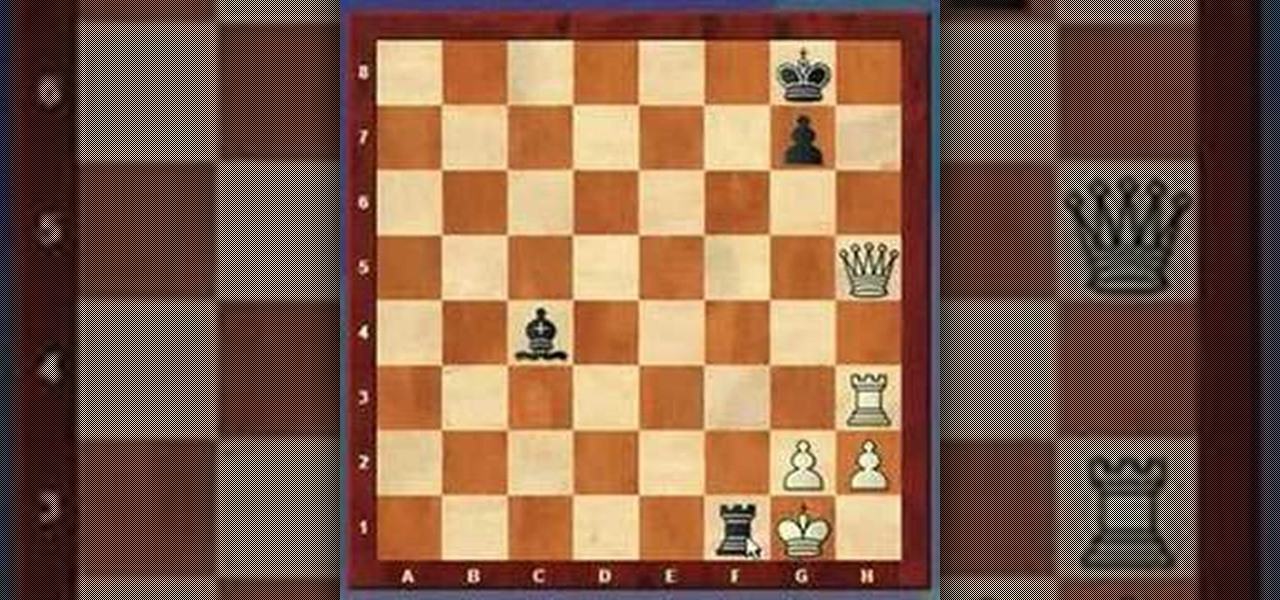
So, you know how to move those pesky chess pieces around on the board, and you know how to capture your opponents pieces, now what do you do? How about check, checkmate, and stalemate?
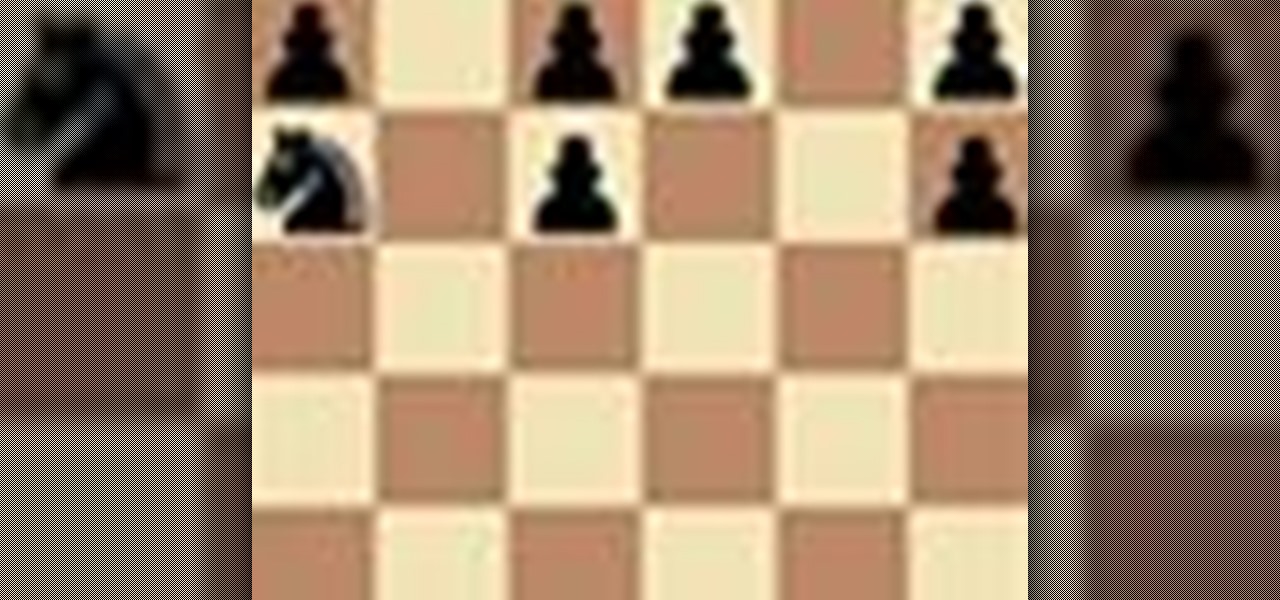
This chess tutorial from Grandmaster Alexandra Kosteniuk is a perfect example of Retrograde Analysis.
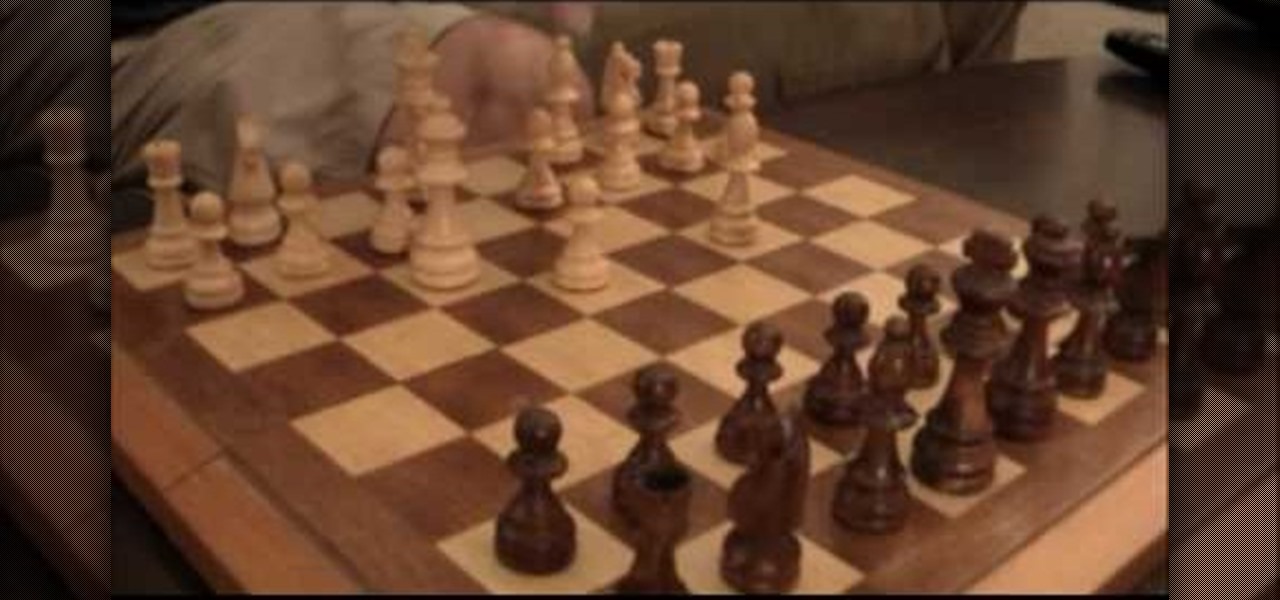
The video details which pieces you will use to win a game of chess quickly and by surprise. First off he explains the basic setup of the chess piece you will be defeating which is the weakest spot on the opponents side. He explains what moves you will be making on your side by first moving you pawn that is in front of your king. You will then move the kings bishop diagonal until it is in front of the queens bishop. You will then place the queen diagonal three spaces. From there you are setup ...
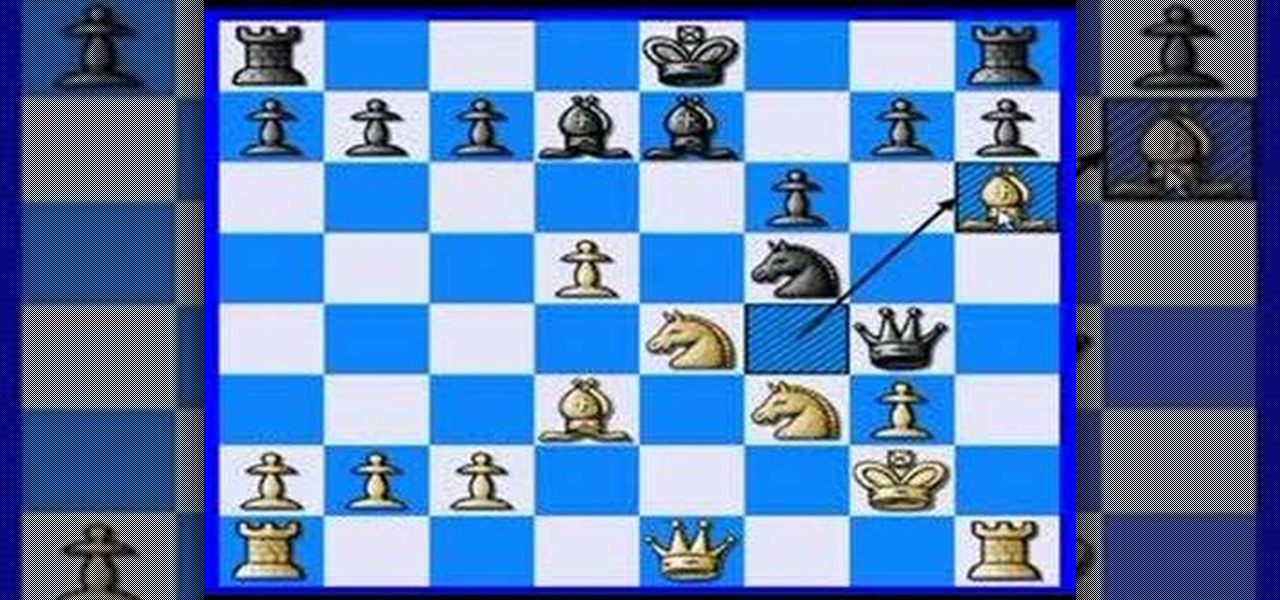
This video focuses on Grandmaster level chess tactics. It features a tactical line used by William Steinitz against Johannes Hermann Zukertort in the first World Chess Championship played in 1866. Try it yourself, by learning from the masters.

Learn the basics of the game, the chess board and piece positioning. These are the very basics you'll need to know to play chess.

Chess is an amazing game of strategy, albeit pretty tough if you're playing against a good player. With the right strategies, however, you can become a pro in no time. This video will teach you some basic moves and strategies, as well as a way of thinking while playing, that will help you excel!
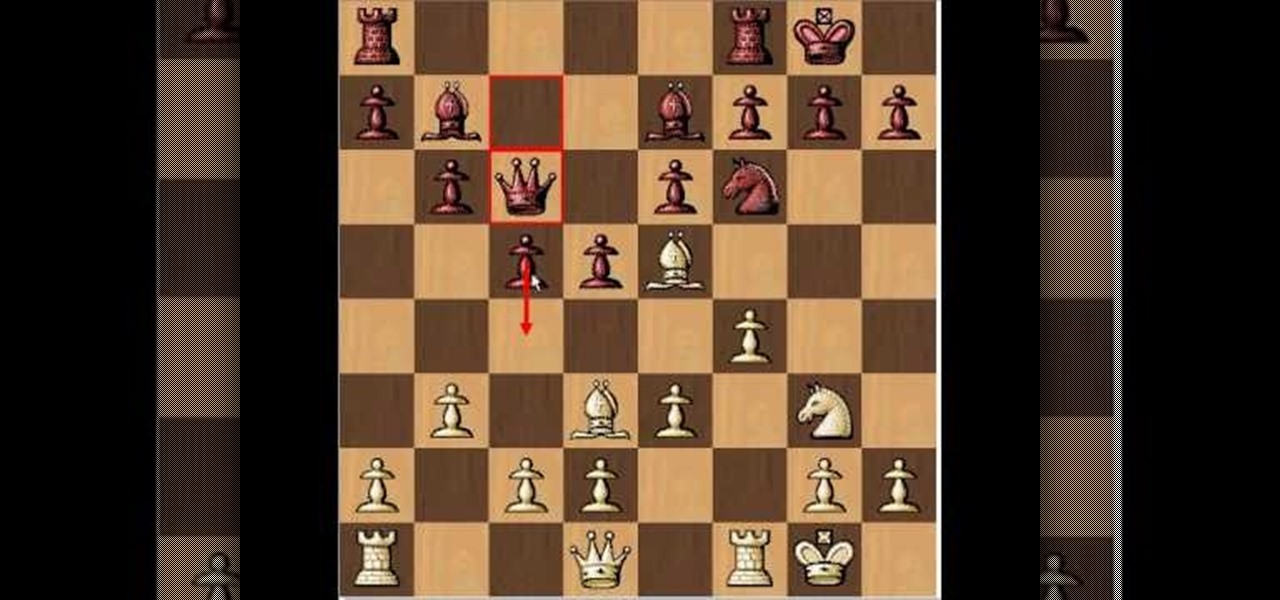
This is a quick run through of a chess game or sequence of moves called the DOUBLE BISHOP SACRIFICE first played in Amsterdam by Lasker and Bauer in 1899. Basically it illustrates a move that resembles the moves of a "bird". Basically, the player demonstrates a series of moves in sequence as well as unorthodox moves. The player shows us the patterns and motives of each of the chess pieces. He also explains alternate moves and the intentions of each of the sides.

This video shows how to do a Jiu Jitsu chess drill. This is an excellent way to develop skill and technique.

The pawn only moves forward on the chessboard, but it captures diagonally. At first, it could move either one or two steps, then they move up the chess board just one step at a time.
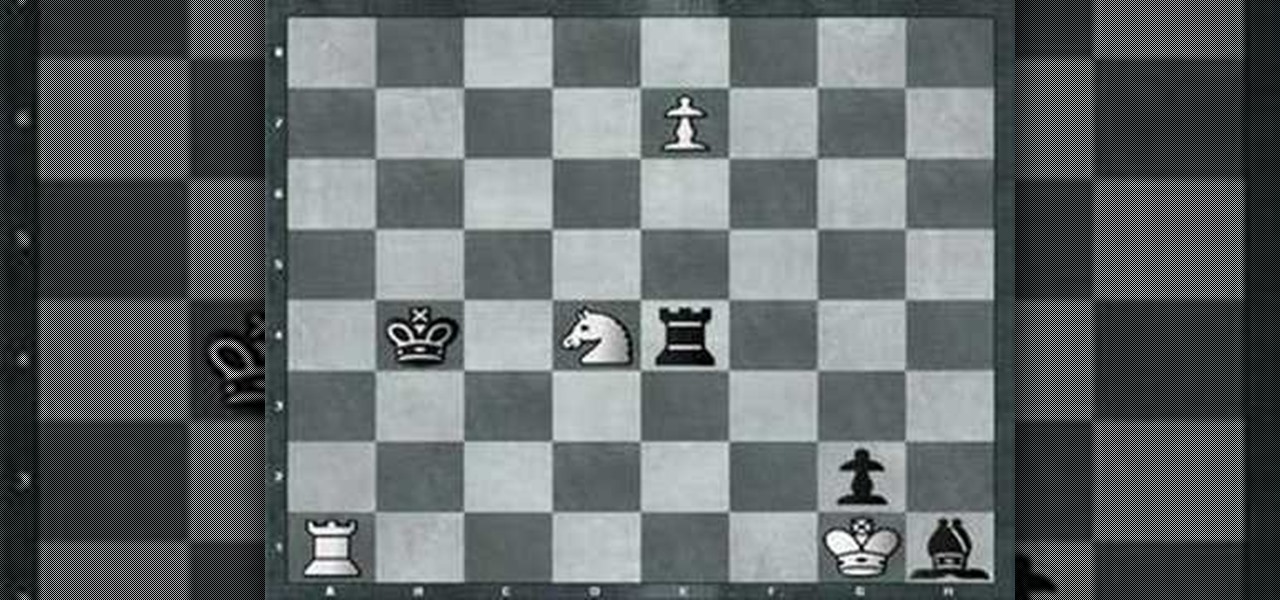
In Reti's 1924 game, the less complex it looks, the harder it can be to win. See the steps needed to win this endgame of chess.

In this 1914 chess game by Holm, White needs to get a new queen with the pawn. See how White can win by chasing Black's rook around.
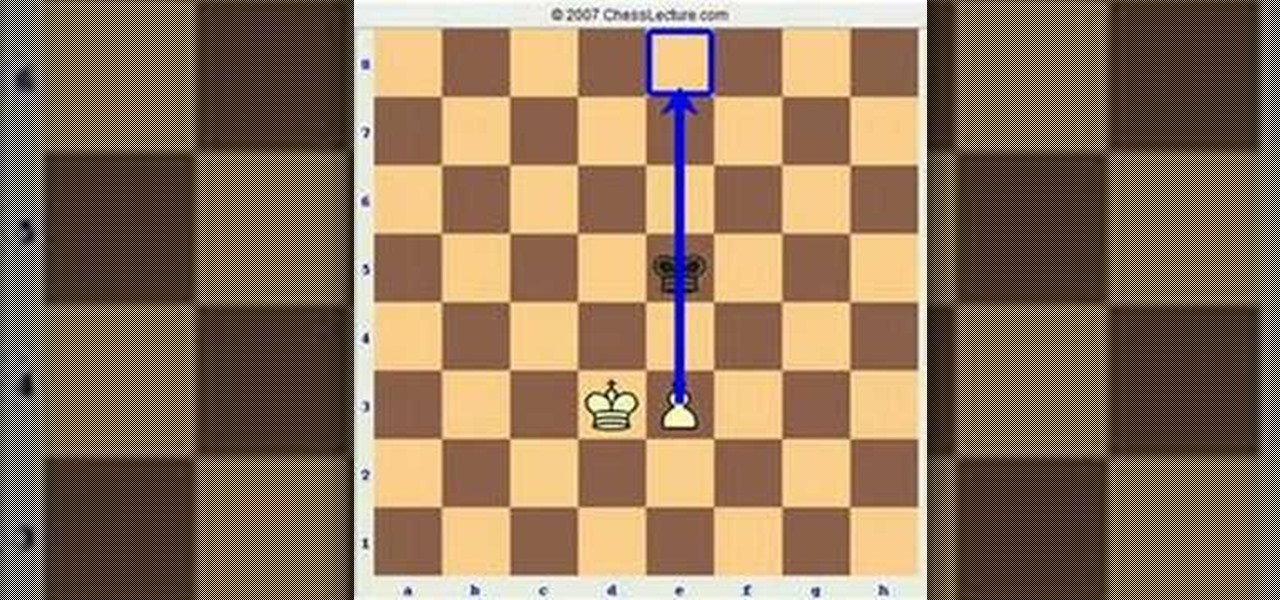
This is a cool chess lecture on pawn endgames. This is the very basics to learning how to use your pawns to finish the game. They're difficult, but possible, so watch carefully, so you won't have such a hard time winning.
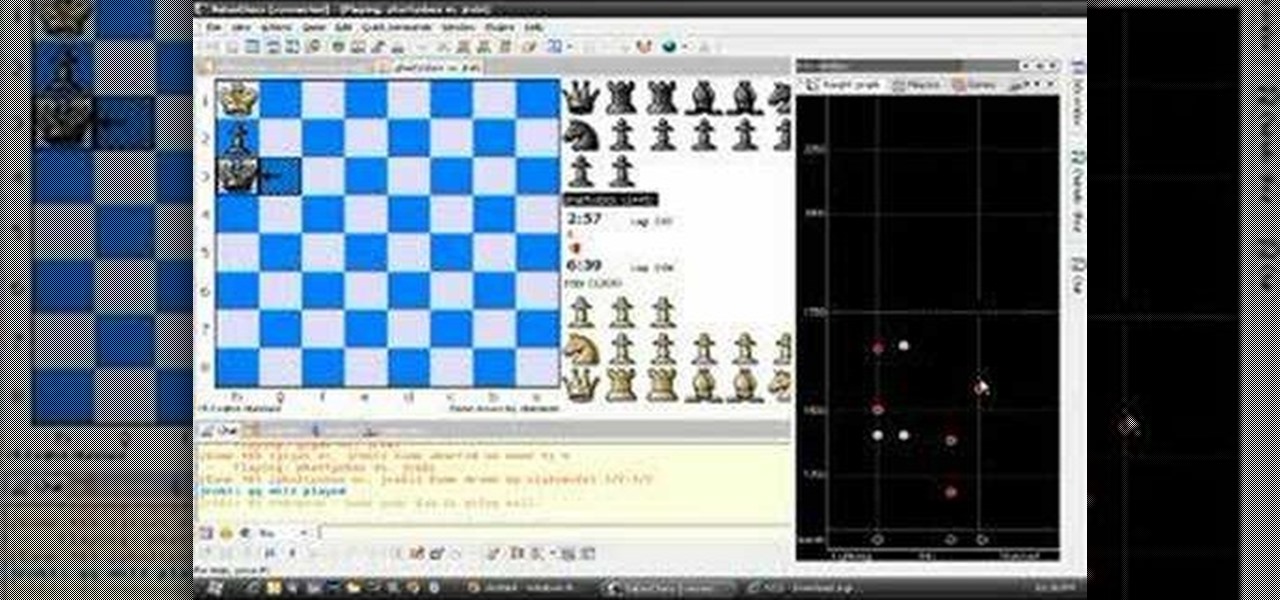
This video shows you how to use the Free Internet Chess server and the BabasChess client for it. This video covers some basics, and hopefully some of you who haven't tried FICS will find it beneficial.

A great defense against the popular semi-open openings, learn how to use the Sicilian defense in chess.

Here, you'll see how to prove that the Well Ordering Principle is equivalent to the Principle of Mathematical Induction.
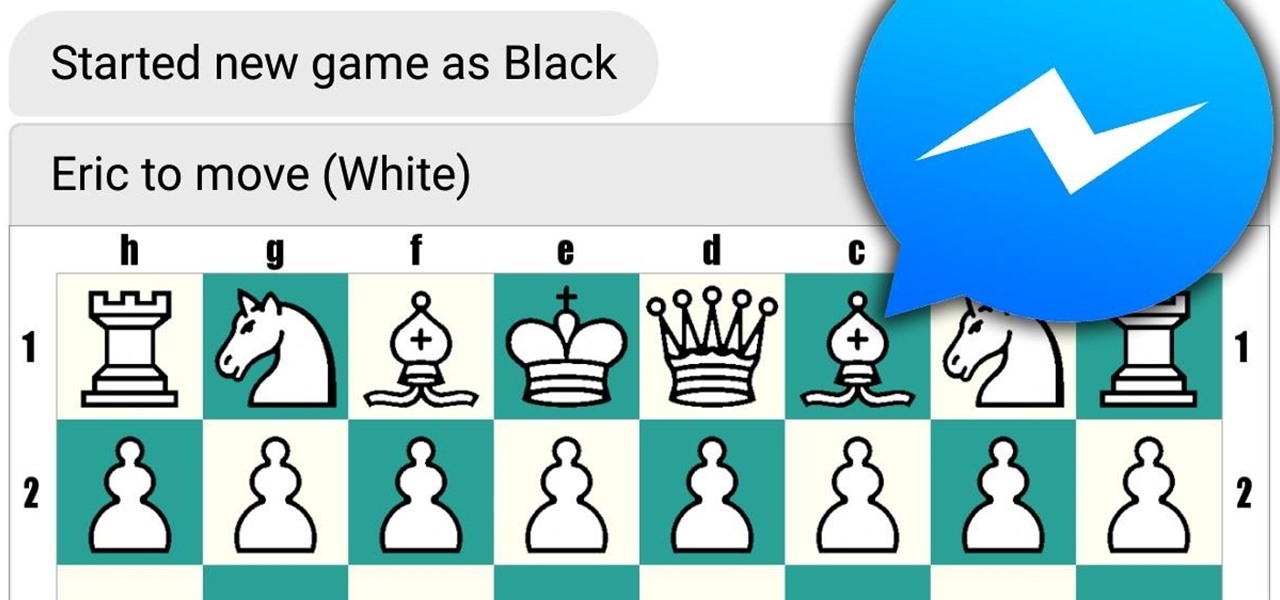
Facebook just keeps coming up with more and more diversions to help you ignore your responsibilities. At least this diversion is a little more intellectual than most of the other things that can easily distract you on Facebook.

Have you ever wanted to build your own chessboard? Well, you're in luck. This video tutorial series will show you how to build a wooden chessboard. If you follow these seven videos, you'll be playing chess in no time.
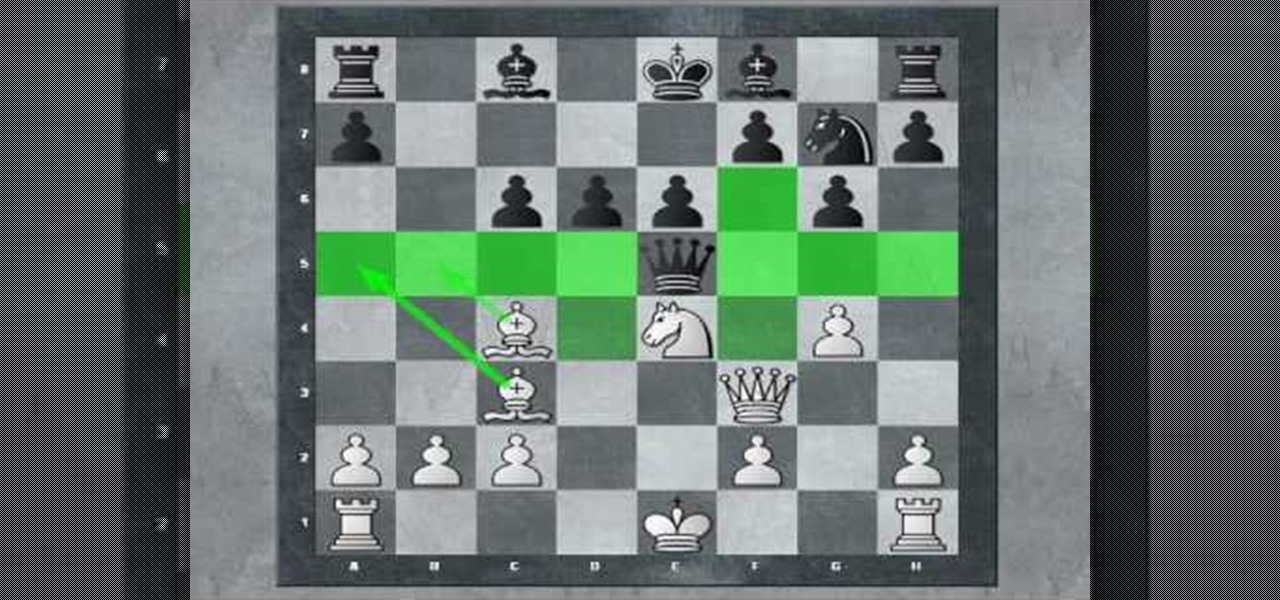
This video explores the Magnus Smith Trap, coined after the three-time, Canadian Chess Champion, Magnus Smith. It's a trap that white can play in the Sozin (also known as Fischer variation) of the Sicilian Defense.
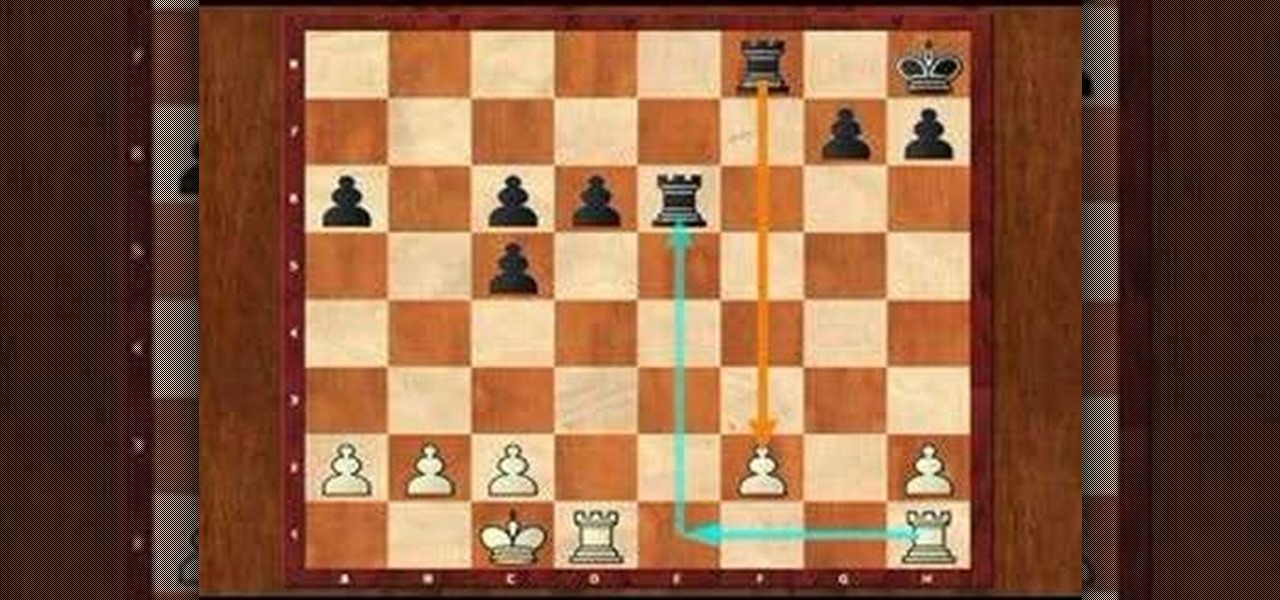
This video shows a chess game that includes a good rook/king endgame battle, along with a king/pawn walk for promotion. See the moves, and learn yourself.
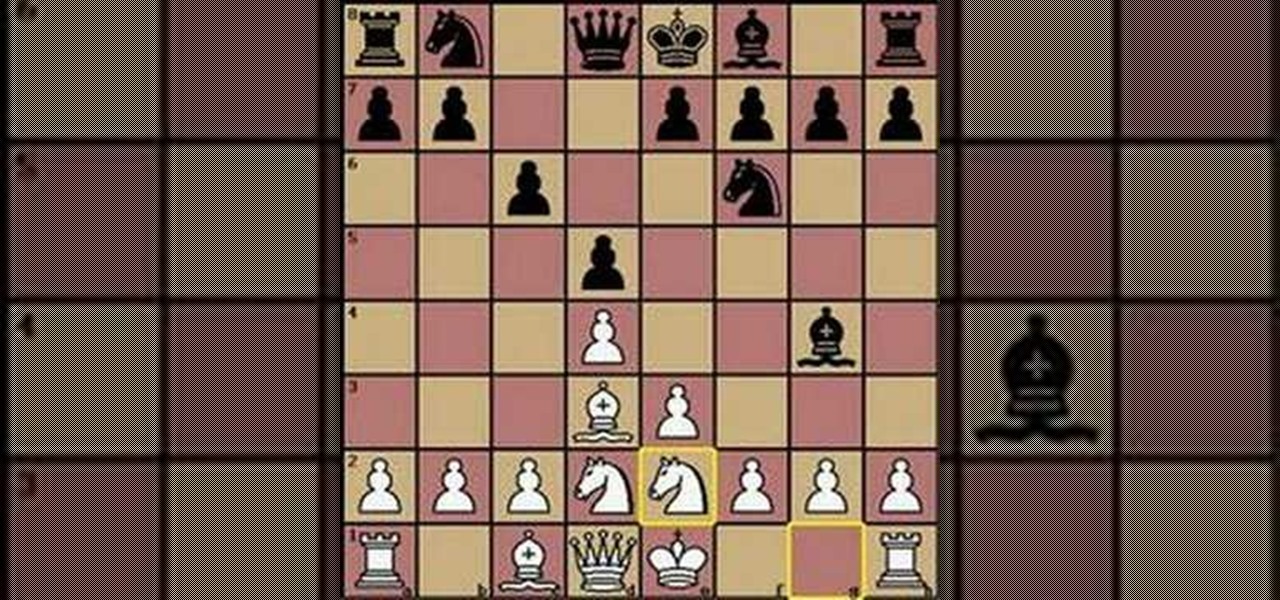
Matt covers some lines with a black ...Bg4. He found the first game with analysis on the Kenilworth Chess Club site. Most of the analysis he gave for this game is taken verbatim, but he does mention a couple side variations that you should be curious about. So watch!
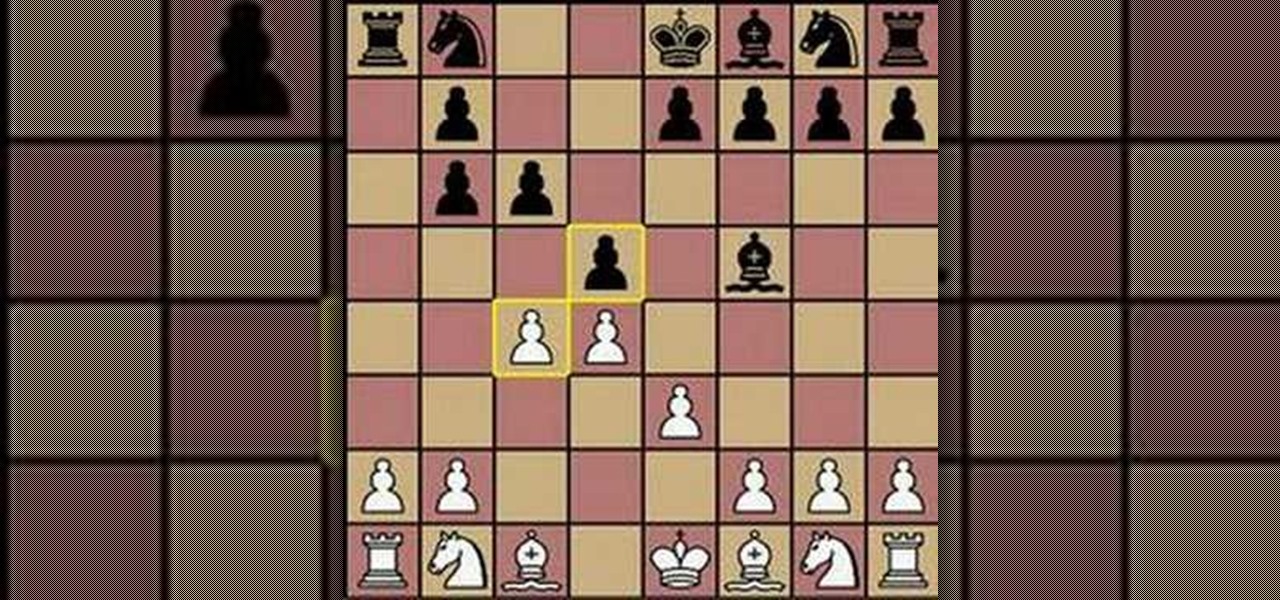
In these two videos, Matt discusses 1.d4 d5 2.e3 Bf5, preventing White's Stonewall setup by beating White to the d3-h7 diagonal. The only way White can play for an advantage is to play 3.c4 with the goal of an early attack on b7. Some of these positions can also be reached via the Slav Defense.

Here, you'll see the Rice Gambit, and how to use it in your opening chess strategy, so one day, just maybe, you'll be able to win.
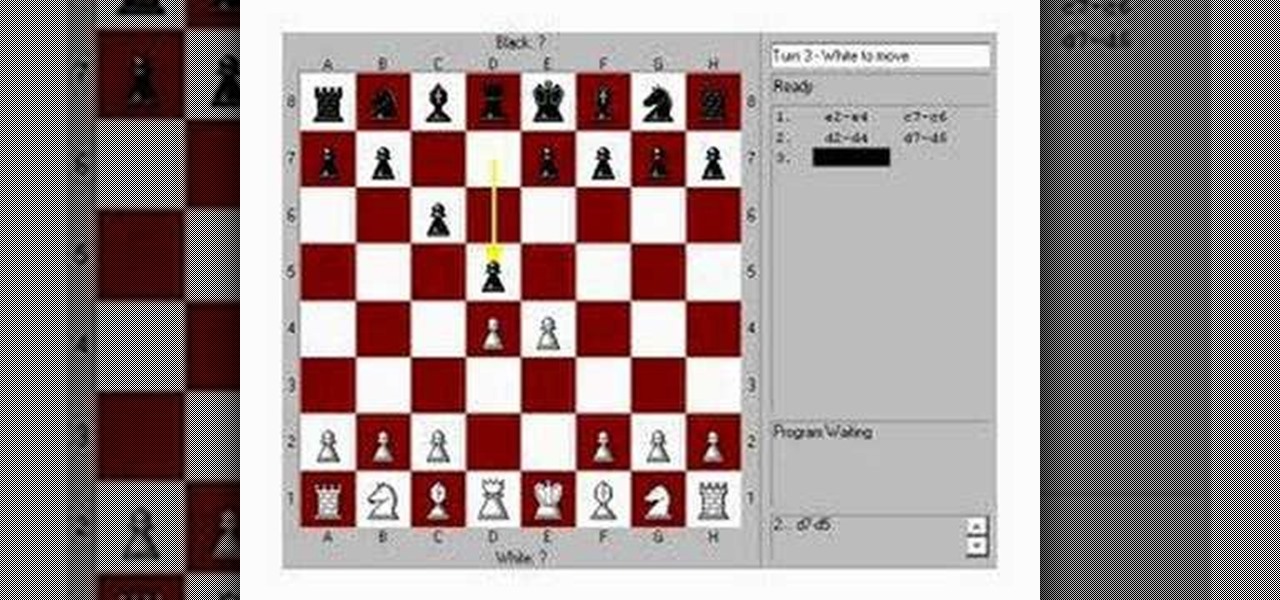
See how to operate the French defense and Caro-Kahn defense in your opening chess game.

See here the different ways you can win your chess game with only pawns and kings left to suffer.

Physics can be a real mind bender, but this educational video will show you how to wrap your head around Heisenberg's uncertainty principle. And no, that's not the same Heisenberg that's in Breaking Bad. We're talking about the famous German theoretical physicist Werner Heisenberg, someone whose work you'd be more likely to see in Fringe.
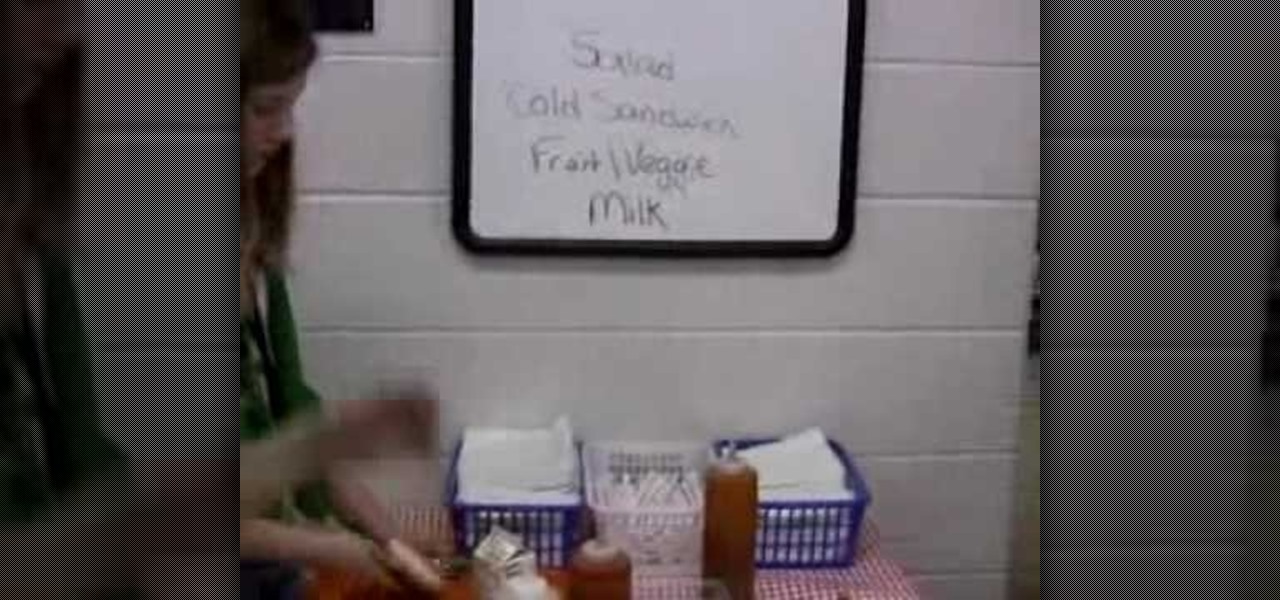
In this two-part science tutorial, learn how to make a cartesian diver, easily & inexpensively. A Cartesian diver, sometimes known as a Cartesian devil is a classic science experiment, named for René Descartes, which demonstrates the principle of buoyancy (Archimedes’ principle) and the ideal gas law.
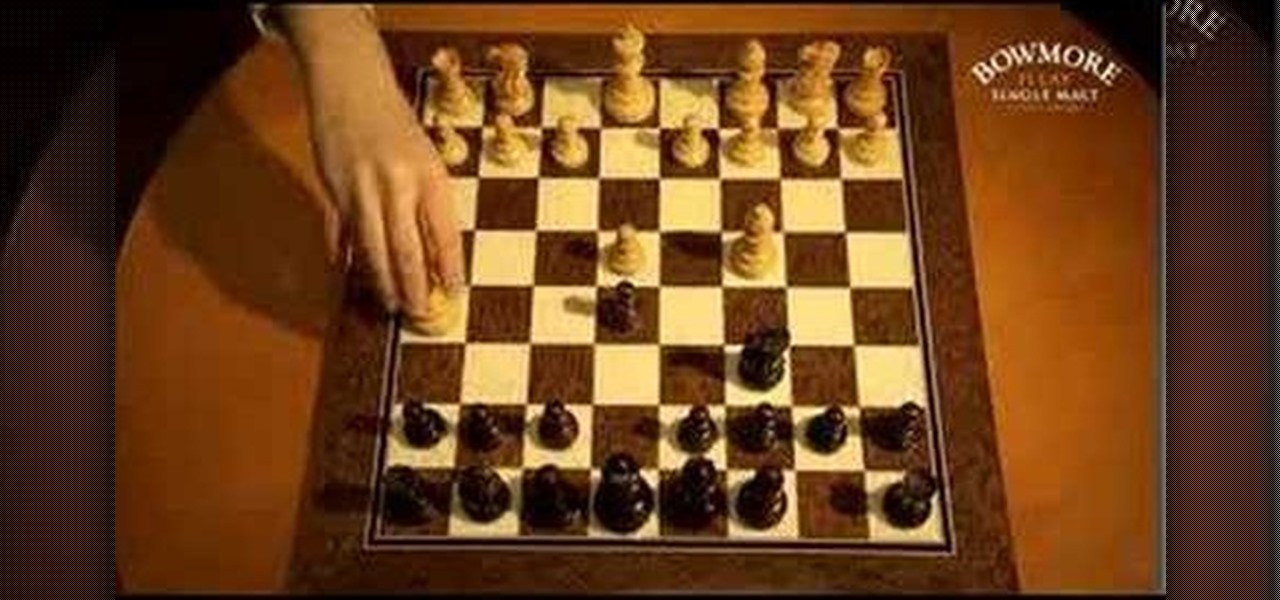
In this video tutorial, viewers learn how to checkmate an opponent in four moves in Chess. This task is very easy, simple and fast to do. Begin by moving your pawn to E4. Then on your next turn move the bishop to C4 to attack F7. Now move the queen to A5, which also attacks F7. Finish by moving the queen to F7. This is an automatic checkmate because the opponent will lose the king in either way. This video will benefit those viewers who enjoy playing board games such as Chess, and would like ...
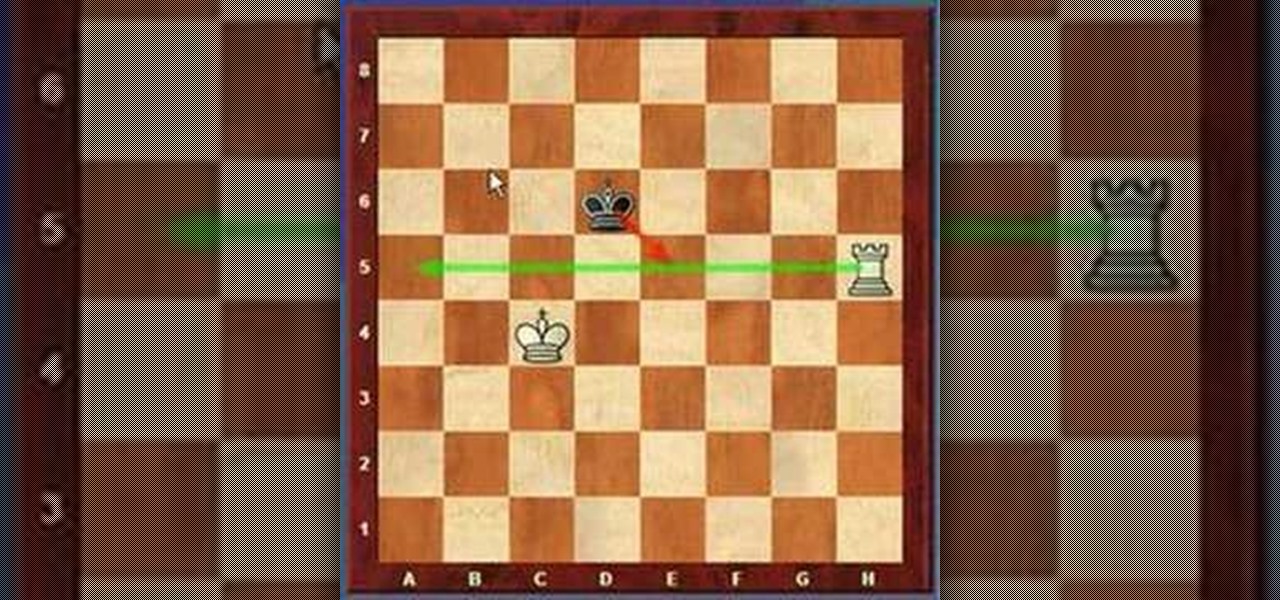
You have a rook and your king left? What do you do? Well, win that endgame, of course. Use this basic checkmate pattern to spar your king and rook against your opponents king -- "Knight Jump" Method.

Watch this instructional photography video that introduces a very important principle (the law of reflection) when applied to photographing shiny objects in the studio.

“Continuity and Screen Direction” is all about the one simple principle of keeping the screen direction of the subjects the same from one shot to another in a sequence. It’s a fundamental principle and knowing how to get it right will make your videos much better and more professional.
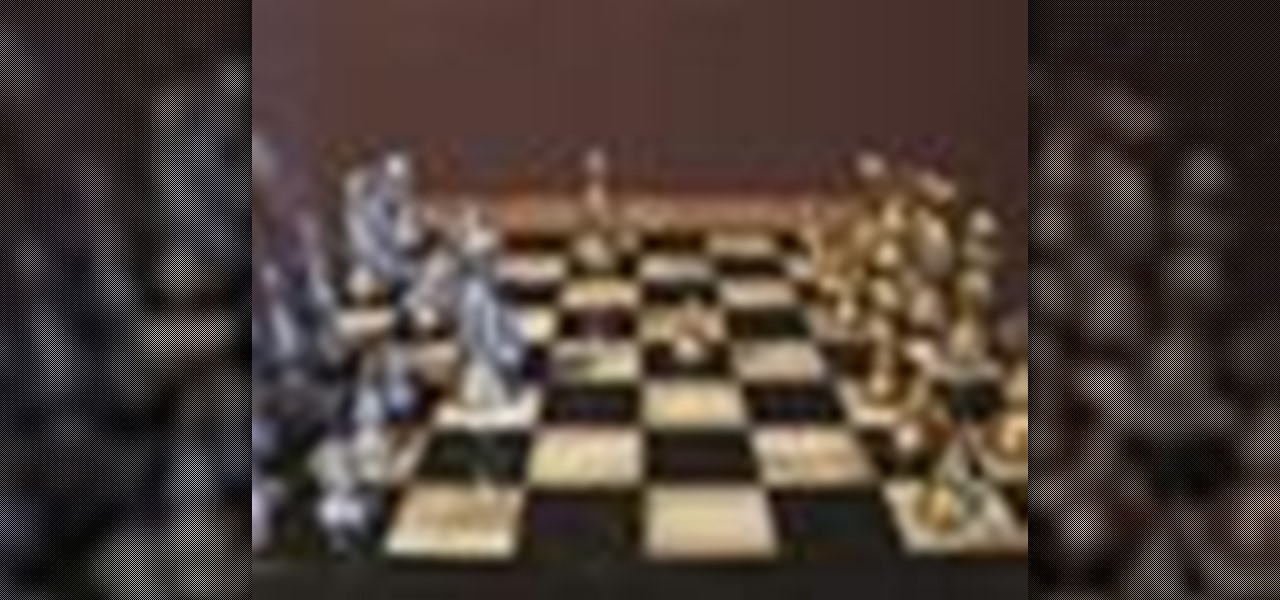
Becoming a chess master is very hard to do, and one of the most important things you need to learn is chess notation. Chess notation will help you study great chess games and learn classic moves and strategies. Check out this video and start studying, and who knows? You may be the next Bobby Fischer.

Impress your friends! Learn the game of kings and queens. Step 1: Set up the queens and kings
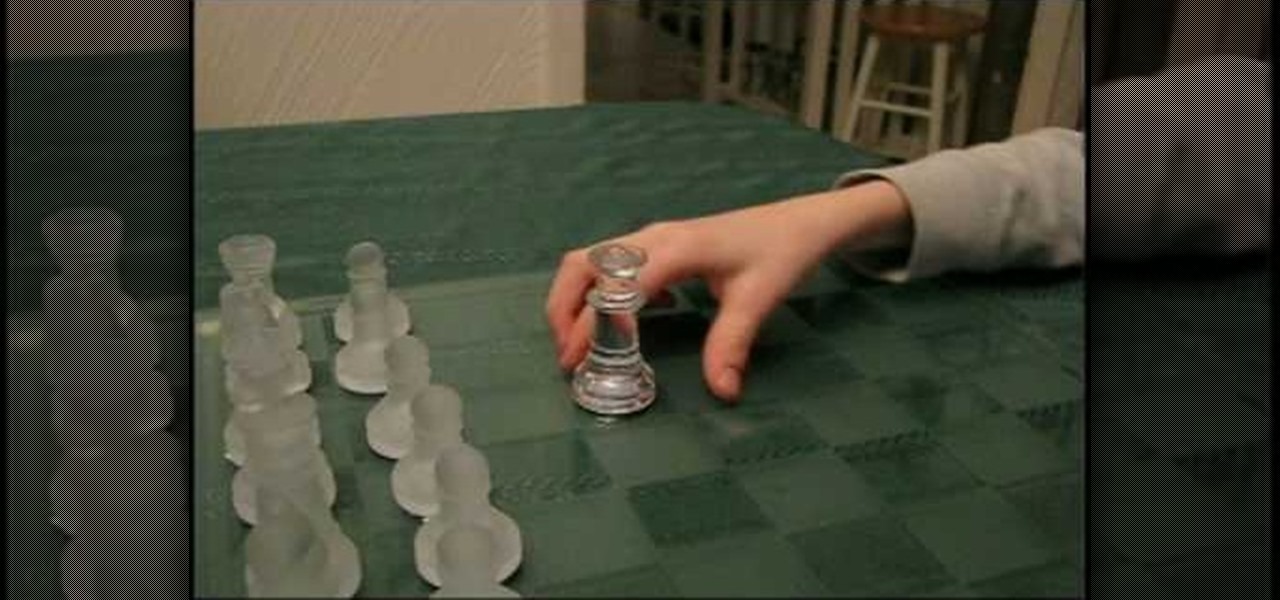
In this how-to video, you will learn how to win at Chess in two moves. First, you will need a chessboard. Pawns go up twice at the start or once. They attack diagonally. Otherwise they just go up once. The castle, or rook, go up and down or side to side. The bishop goes diagonally in both directions. The knight moves in an L shape in any direction. The queen can go sideways, diagonally, forward, and backward. The king can move only once space at a time. Once the board is set up, you are ready...
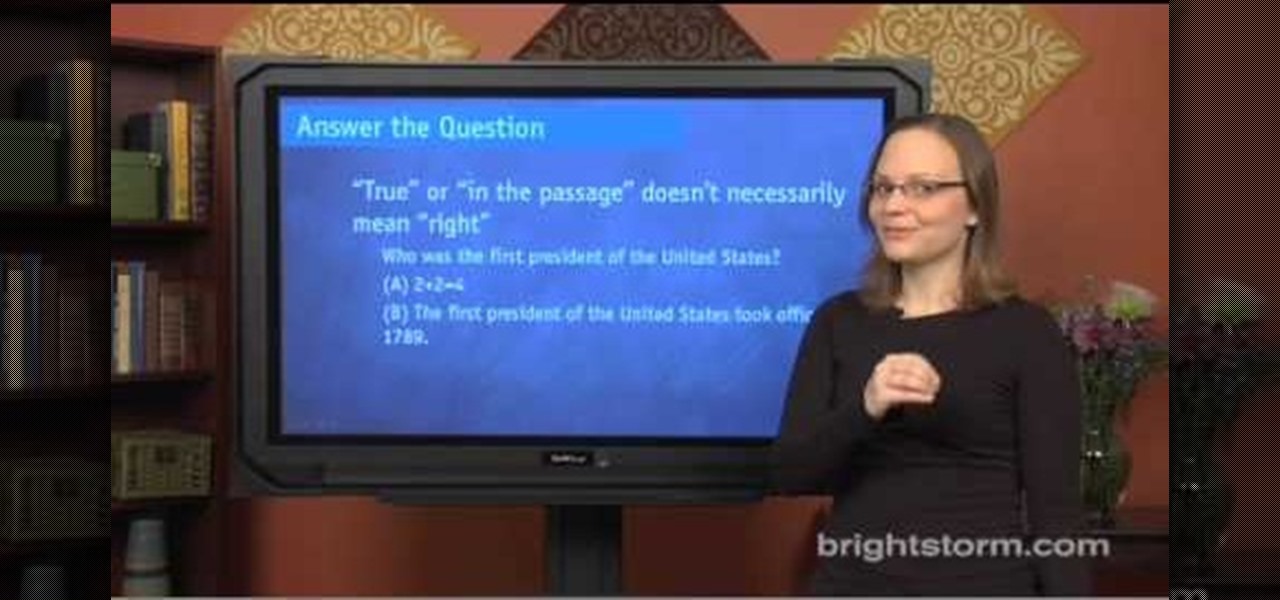
In this Education video tutorial you will learn how to avoid wrong answers on the SAT critical reading area. Five principles to keep in mind are rephrase the question and predict the answer, answer the question being asked, find evidence in the passage, extreme answers are suspicious and finally remember a little wrong is all wrong. To rephrase the question, read 2 lines before and after, ask the question in your own words and find the answer choice that best matches your prediction. Now comi...